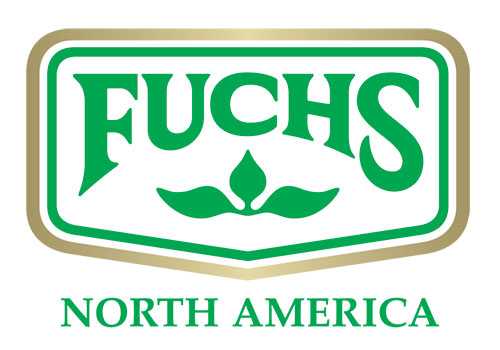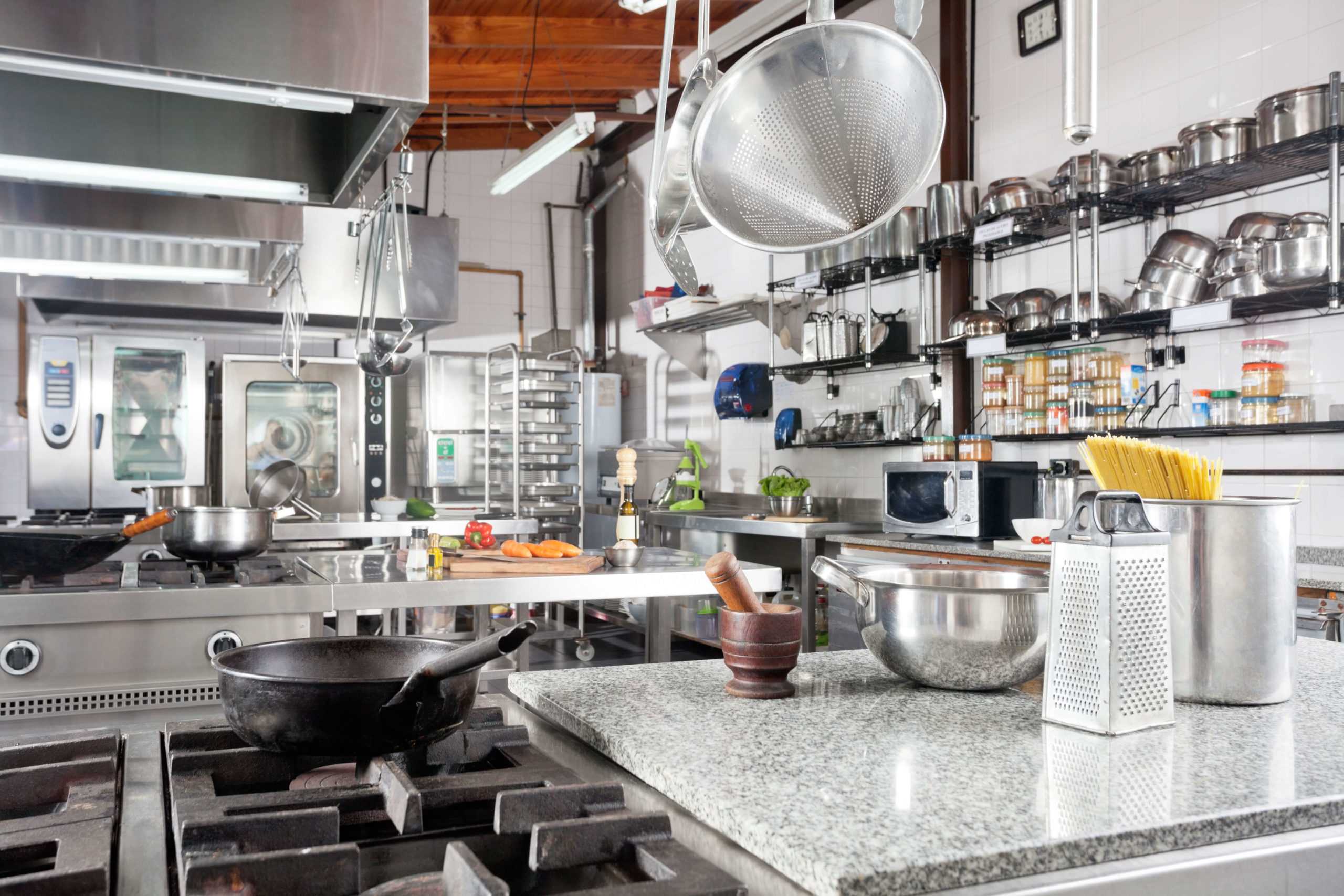What is a ghost kitchen? This has been a question many consumers have been asking recently. Ghost kitchens have been popping up everywhere over the last few years, and the concept has people intrigued – for good reason! Ghost kitchens are facilities that are used exclusively for online and delivery orders. The kitchens are supported by third-party companies who provide the space for restaurants; for example, DoorDash Kitchens provides a customized kitchen space for up to 5 businesses. Ghost kitchens provide a way for businesses to cut overhead and expenses, as well as increase customer convenience. Not only is it cost efficient, but it is an example of the foodservice industry’s evolution beyond the traditional concept of a restaurant.
Not all ghost kitchens are the same; they have the ability to take multiple formats to support restaurants with different needs and expansion goals.
Types of ghost kitchens:
- Incubator Ghost Restaurant
- Also known as pop-up kitchens, incubator ghost restaurants are affiliated with traditional restaurants. They focus on online orders and deliveries. They also are used as a place to try out new food concepts and keep up with current food trends.
- Entrepreneur Ghost Restaurant
- This type of kitchen is a stand-alone space that isn’t affiliated with a brick-and-mortar restaurant. They are operated as a dedicated virtual kitchen – it provides the opportunity to be used as a shared or commissary kitchen. It usually involves ghost restaurants renting out the space and supplying the cooking accessories.
- Kitchen Pod
- A kitchen pod is a moveable shipping container which comes with an outfitted kitchen. They can be very convenient for those who don’t have the means to rent out a ghost kitchen. It allows for mobility and the option to grow your business anywhere you want.
What is driving this trend?
Digital dining has been revolutionizing how food service operators run their businesses, and with online ordering, it has allowed for growth in many restaurants. According to MenuDrive, currently, 60% of American adults now order takeout at least once a week, and restaurants need to capitalize on the accessibility and convenience of their carry-out system. Millennials have been driving the ghost kitchen trend, with 26% of them ordering from ghost kitchens. While takeout and delivery market value sky-rocketed over the past 2 years, younger consumers are still looking to save money. The majority prefer not to pay the additional delivery charge from the third-party app, yet 36% of Gen Z are willing to pay the fee, according to Mintel.

Additionally, the rise of ghost kitchens stem from their cost effectiveness; with food service taking a hit from the pandemic, lower overhead and expenses are very attractive to restaurant owners. Industry predictors have the ghost kitchen market size at $1 trillion globally by 2030. The monetary and convenience benefits will motivate restaurants to invest in ghost kitchens, and it will drive an innovation trend among the food service industry. Not only will innovation be top priority, but consumers will be able to access even more restaurants without leaving their homes. They will be looking for technology advancements, expanded delivery areas, and more businesses that are strictly delivery and takeout.
What’s Next?
Ghost kitchens will continue to penetrate the food service market as it continues to evolve. The pandemic has shifted a lot of what consumers expect from restaurants, especially Millennials and Gen Zers. Technology advancements are going to be a driver for the food service industry. For example, according to Mintel, consumers would be motivated to order takeout or delivery if restaurants offer digital only deals, restaurant meal online subscriptions, and even automated food pickup cubbies/lockers. Ghost kitchens fall right into that realm, as they are solely based through third-party services that are only accessible on digital devices.
Looking to expand your online menu? We are experts in menu development and would love to help you capitalize on the latest trends. Contact us today to see how we can take your menu offerings to the next level!



 For more information about Fuchs North America's products and programs that support food manufacturers in their product development needs, please
For more information about Fuchs North America's products and programs that support food manufacturers in their product development needs, please